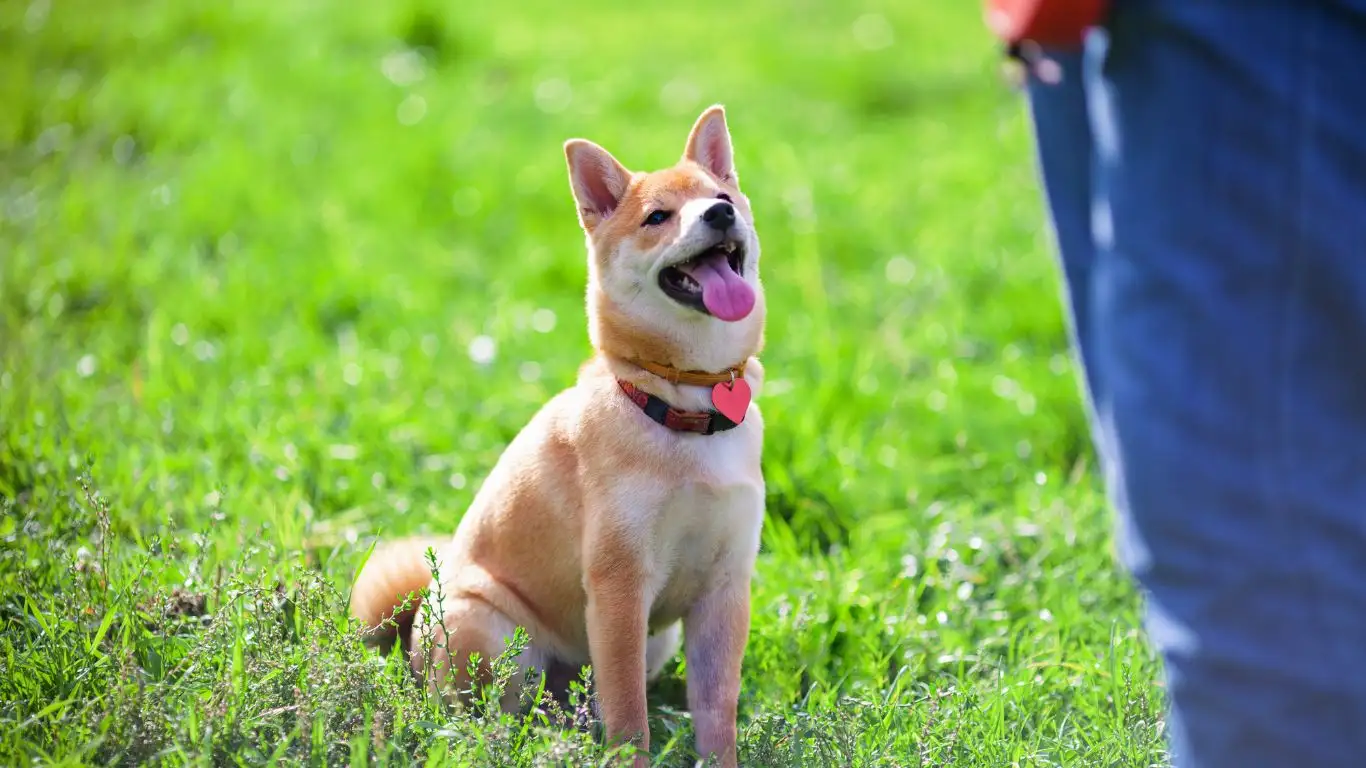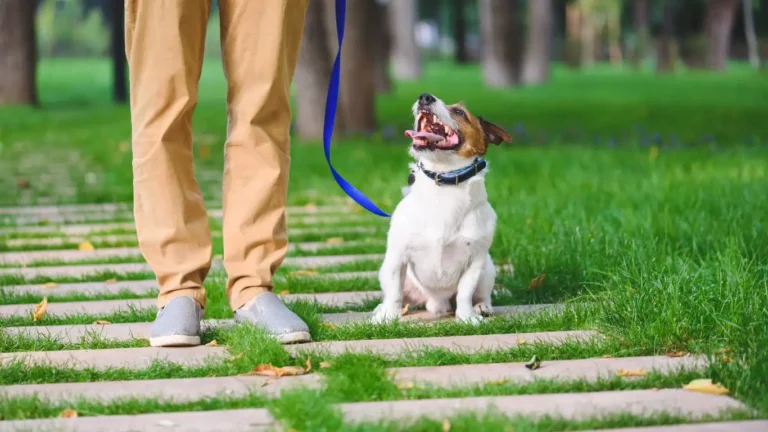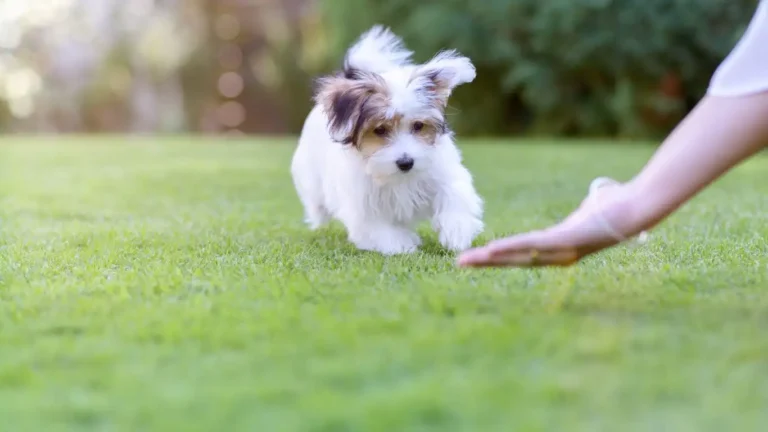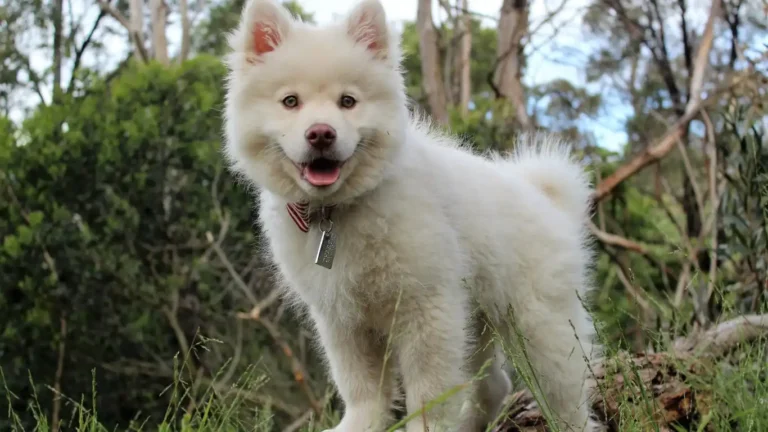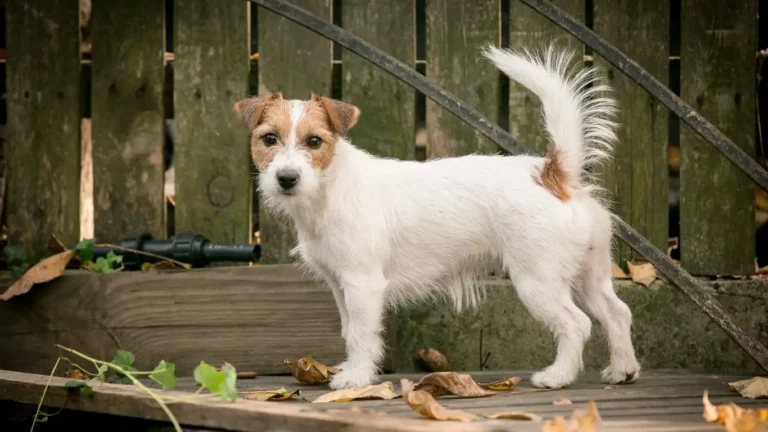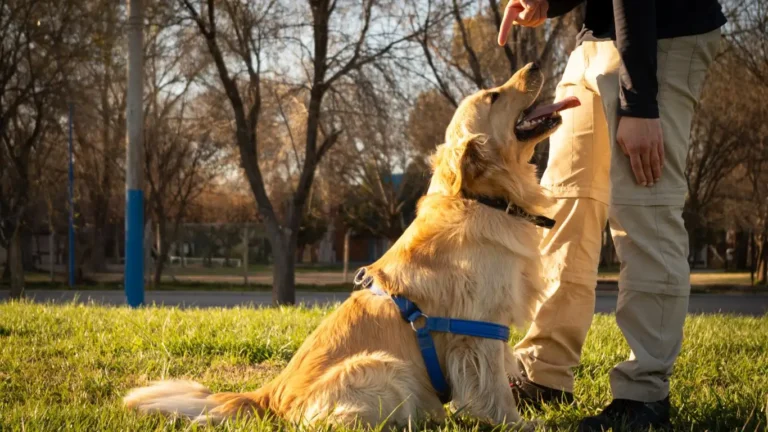Proven Method to Calm Dogs Around Balloons Without Stress
If you’ve ever watched your dog totally lose their cool at the sight of a balloon, you’re not alone. I’ve been there too — standing in the middle of a birthday party, desperately trying to distract my golden retriever while a rogue red balloon floated his way like a horror movie villain. That’s exactly what inspired me to write this: how to train a dog to be calm around balloons. It’s not just about parties or events — it’s about building trust, confidence, and calm responses to the unexpected. As a Canine-Assisted Therapy Trainer, I’ve had my fair share of pups who act like balloons are possessed, and I’ve learned some solid ways to help them chill out.
Why Do Dogs Freak Out About Balloons?
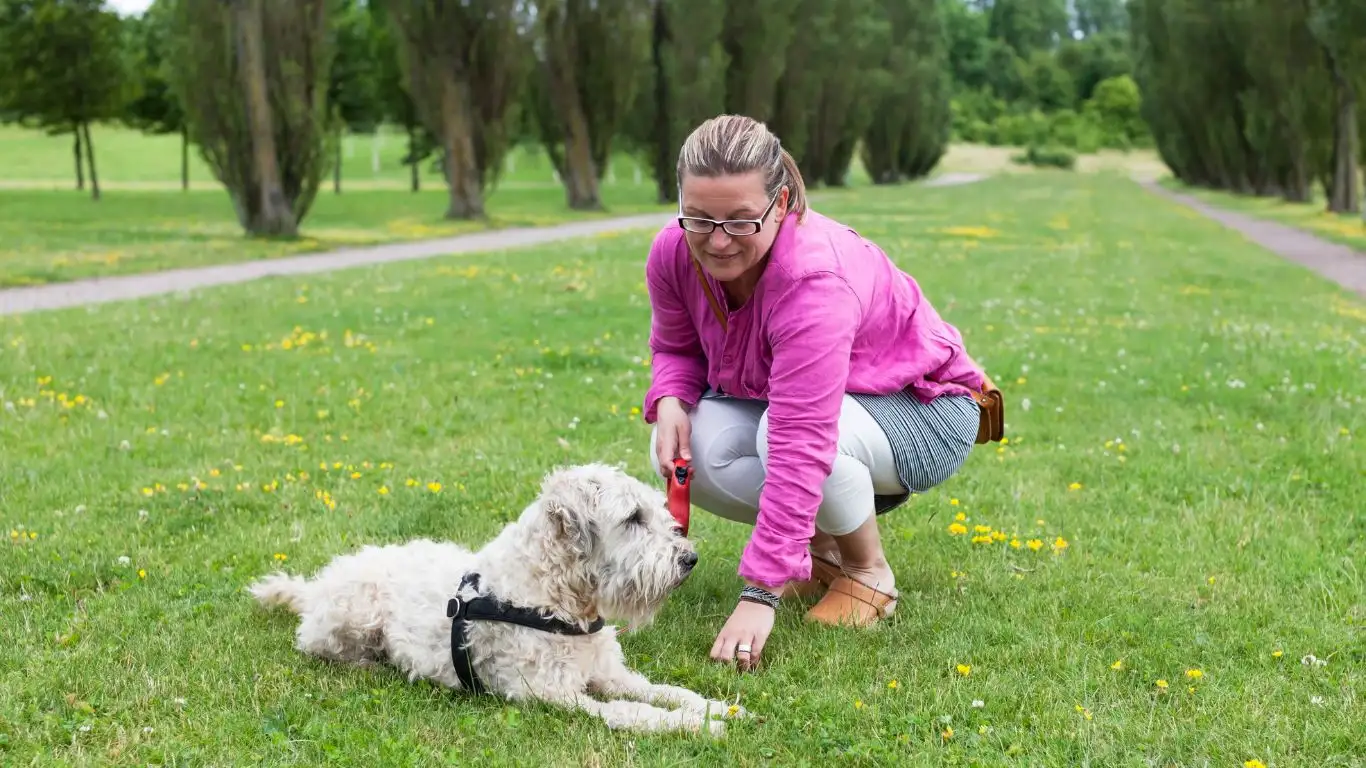
Before we get into training tips, let’s talk about what’s really going on when your dog panics over balloons. It’s not just “weird dog behavior.” Balloons float, bounce unpredictably, and make those sudden popping noises — all things that can trigger a dog’s flight or fight response.
- Movement: Balloons bob and drift in the air, which some dogs interpret as prey or a threat.
- Sound: The high-pitched squeaks or sudden pops can startle even the most laid-back pup.
- Smell and static: Some dogs pick up on the latex scent or feel the static cling, which might be irritating or unfamiliar.
In therapy work, we aim to create dogs who are steady in unpredictable situations. So helping a dog stay calm around balloons isn’t just a party trick — it’s a confidence-building exercise that carries over into many areas of their behavior.
Step One: Setting the Stage for Calm
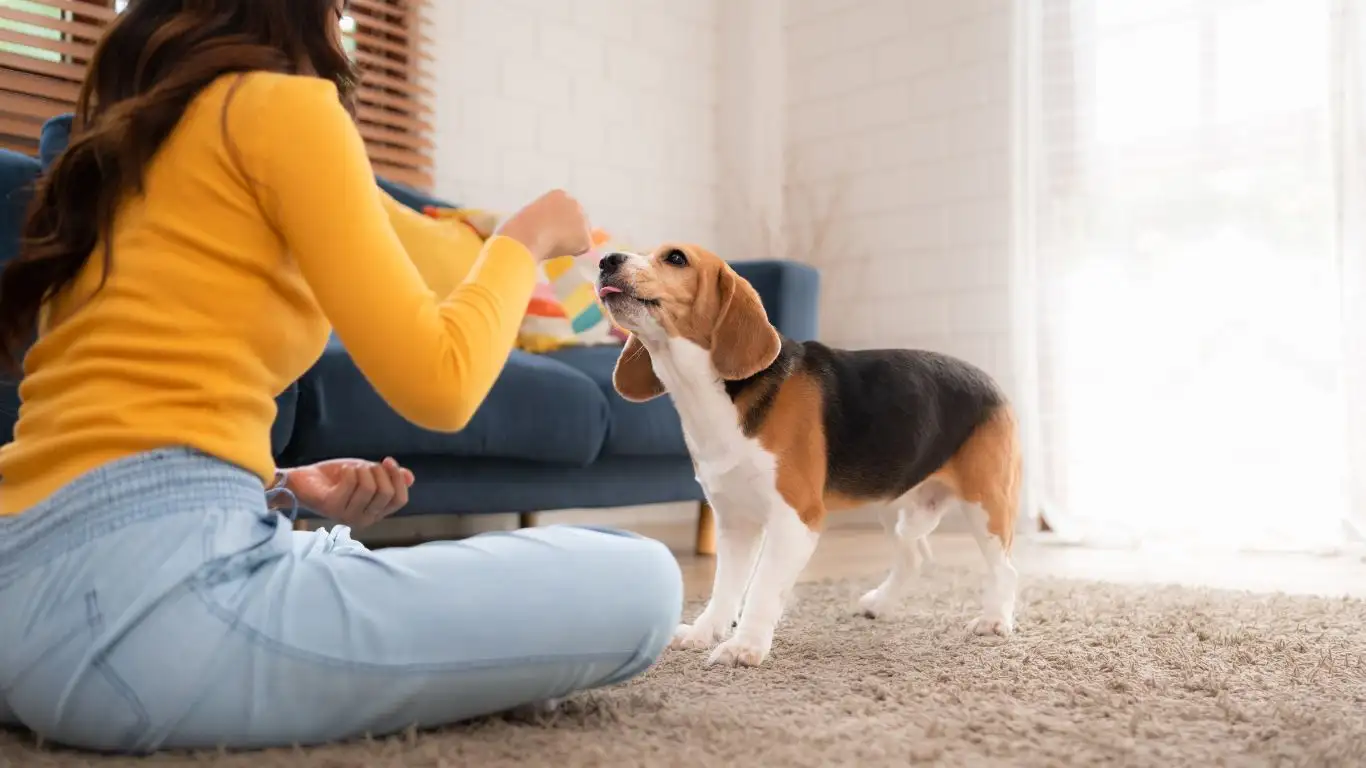
Start with a Calm Environment
Before you even bring out a balloon, think about where you’re working. I always tell my clients to find a “neutral zone” — a space where their dog is already relaxed. That could be your living room, backyard, or even a quiet hallway. Just make sure there aren’t other distractions like loud TVs, kids running around, or other dogs hyping up the energy.
Use Desensitization Techniques
Here’s where the real magic begins. Desensitization is a fancy term for gradually introducing your dog to something they fear, without overwhelming them. The key word here is gradually.
- Start from a distance: Inflate a balloon in another room where your dog can see but not feel threatened.
- Watch their body language: If they seem relaxed (ears neutral, no barking or retreating), give them a calm praise or a high-value treat.
- Repeat with closer proximity: Slowly bring the balloon closer over several sessions. If your dog ever shows signs of stress, go back a step.
I’ve done this with therapy dogs who initially barked non-stop at a single helium balloon. Within a couple weeks of slow, consistent sessions, they were walking right past balloon arches like champs.
Rewarding Calm Behavior
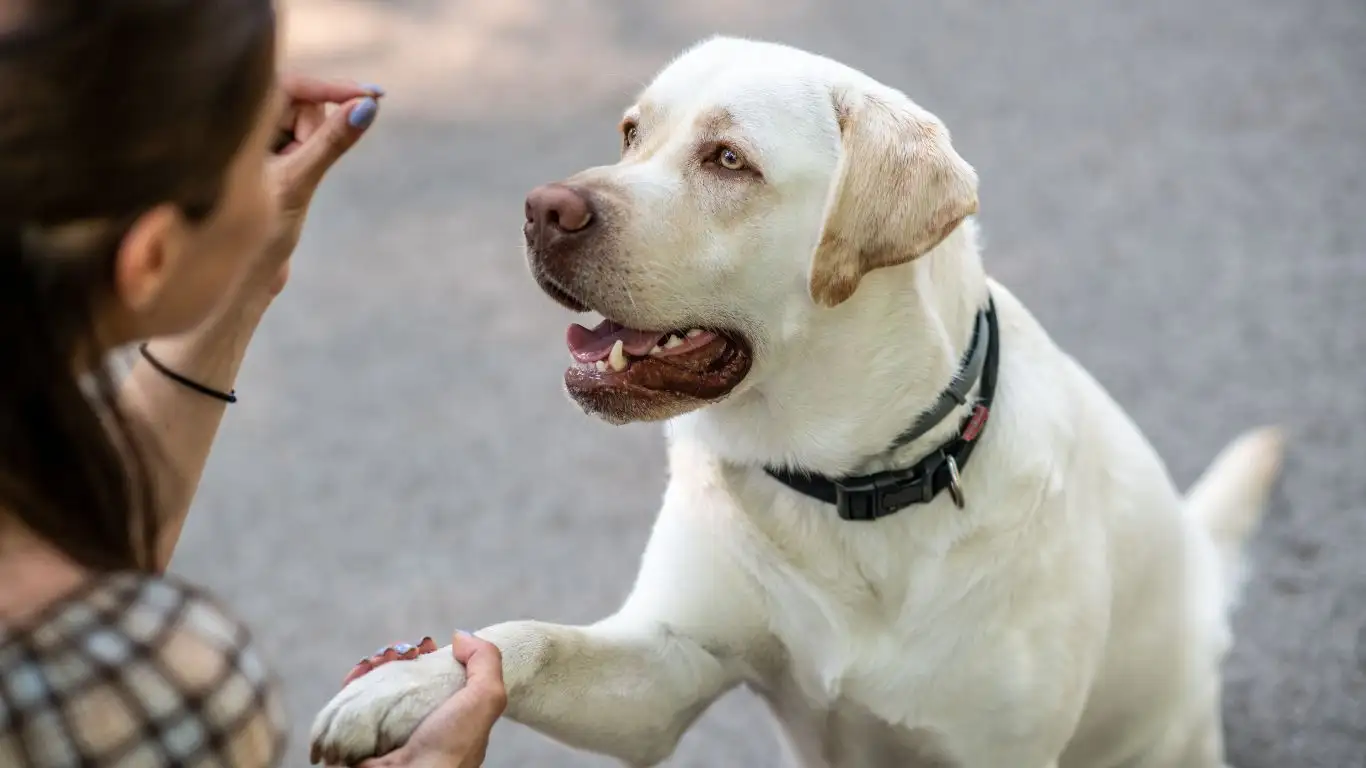
Timing is Everything
When your dog behaves calmly — even if it’s just a head tilt instead of a bark — that’s your window to reward. Use treats they love, not just the average kibble. I’m talking about boiled chicken, bits of cheese, or whatever gets your pup drooling in anticipation.
Pair Balloons with Good Things
We’re not trying to make your dog love balloons — we’re aiming for neutrality. If your dog starts to associate balloons with good things (treats, play, praise), they’ll naturally start to feel less anxious around them.
- Have a balloon in the room while feeding meals.
- Play tug or fetch near a (non-floating) balloon.
- Use your “place” command or mat training with balloons nearby.
In therapy sessions, I always try to pair calm exposures with things the dog already loves. That creates a positive emotional shift without forcing it. Patience really is the name of the game here — and if you stick with it, you’ll start to notice your dog giving fewer alarm barks and more curious sniffs.
Adding Movement and Sound — The Real Test
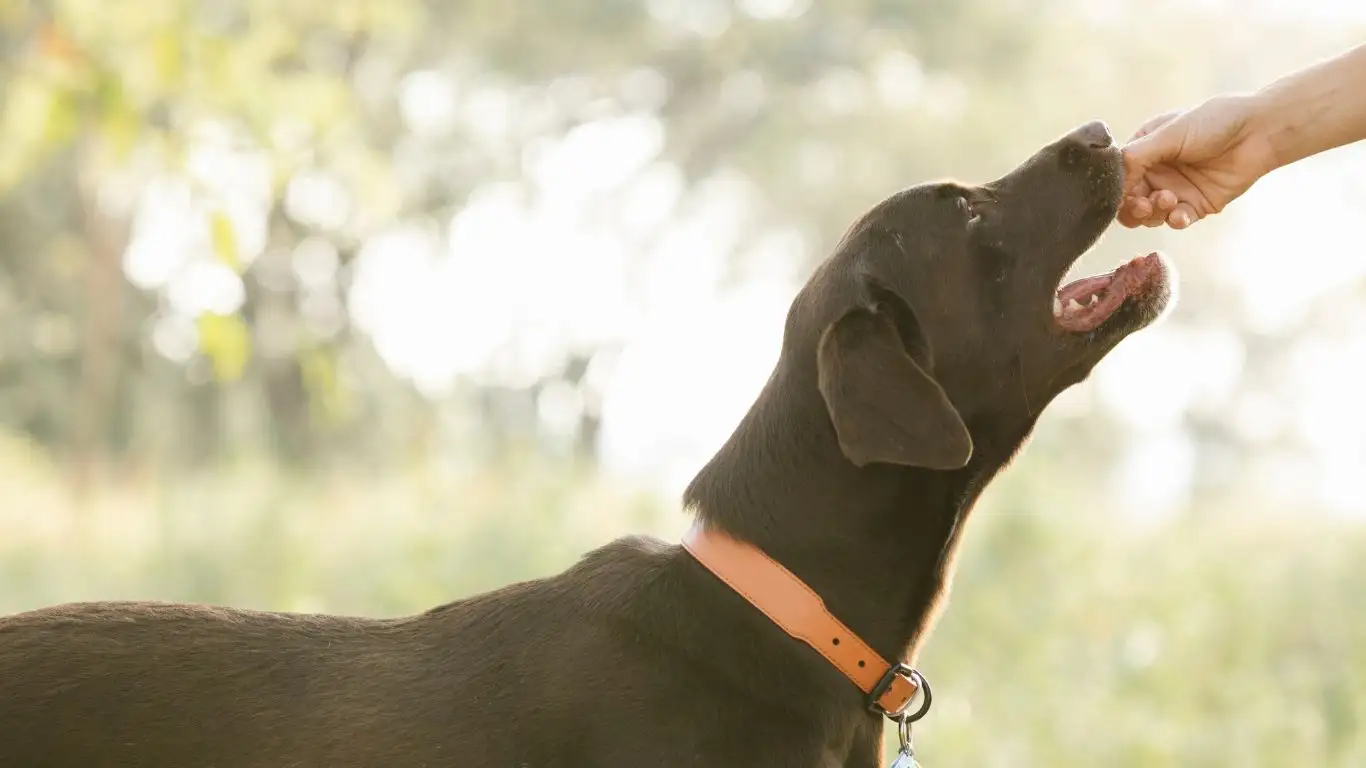
Alright, so once your dog is cool with a balloon just sitting there, the next challenge is introducing movement and sound. This is the part where things usually get real. From my own experience, this step is where most dogs either take a leap forward or totally backslide — and both are totally okay. Progress isn’t always linear.
Floating Balloons
Once your pup has shown they can chill around a balloon on the floor, bring in a helium-filled one. Let it float but tie it to a chair or weight so it doesn’t go rogue. Keep it at a distance at first, and just like before, reward any relaxed behavior.
Here’s a trick I’ve used during therapy prep sessions: I’ll tie a ribbon to a balloon and gently tug it while sitting with the dog on their mat. The balloon wiggles, but I stay super calm, chatting casually like, “Oh look, buddy, it’s just a silly balloon doing a little dance.” That calm tone goes a long way in helping them mirror your vibe.
The Popping Problem
Let’s be honest — the sound of a balloon popping is not pleasant. For some dogs, it can be traumatic. If you think your dog might struggle with that, I recommend controlled exposure.
- Start with a video clip of a balloon popping at low volume.
- Reward calm behavior or even just neutral reactions — ears perked is fine; barking means it’s too much.
- Gradually increase the volume over time.
I once had a nervous shepherd mix who couldn’t even handle the sound of bubble wrap. We worked our way up over a couple weeks, and eventually, we were able to pop a balloon behind a closed door without him reacting. That’s a win.
Use of Commands to Reinforce Calmness
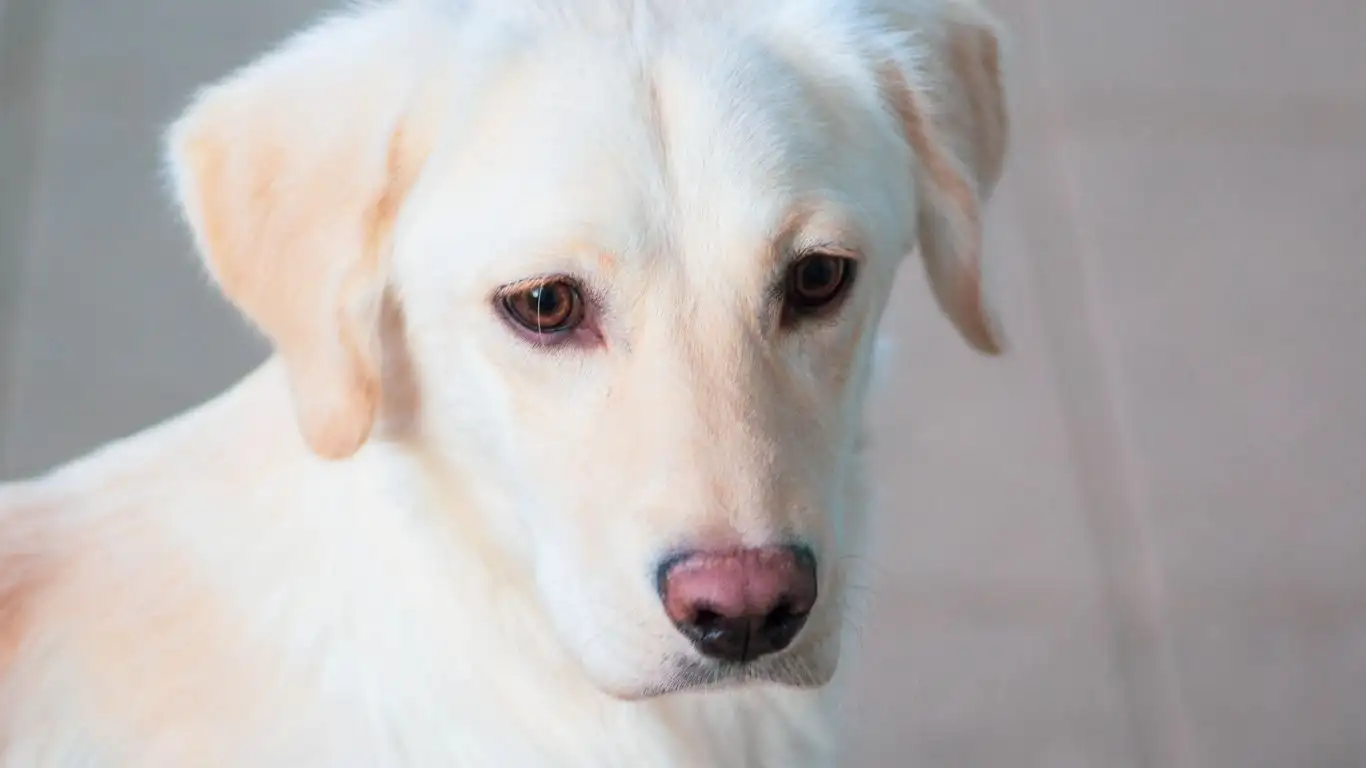
If your dog already knows basic obedience commands like “place,” “stay,” or “look at me,” — now is the perfect time to reinforce those around balloons. These familiar tools become anchors for your dog in situations that feel uncertain.
“Place” or “Settle” Command
One of my absolute go-to’s during training sessions is the “place” command. If you haven’t used it before, it simply means sending your dog to a specific spot (usually a mat or bed) where they chill until released.
- Have your dog go to their place when a balloon is present.
- Reward them for staying calm on the mat, even if the balloon moves a little or shifts with a breeze.
- Repeat this daily in short, sweet sessions.
Don’t be surprised if the first few tries are messy. My Labrador, Max, would dart off his mat the second the balloon drifted his way. But with consistency and tasty rewards, he learned that staying put got him more goodies than panicking.
“Look at Me” for Focus Redirection
This one’s super underrated but incredibly powerful. Teaching your dog to break their focus from the balloon and choose to look at you helps them shift from reactive mode to thinking mode.
In my therapy training classes, I always work “look at me” into sessions with unpredictable triggers — like balloons, walkers, or loud kids. It teaches dogs they’ve got a choice in how they respond, which is a game changer.
Normalizing the Balloon in Everyday Life
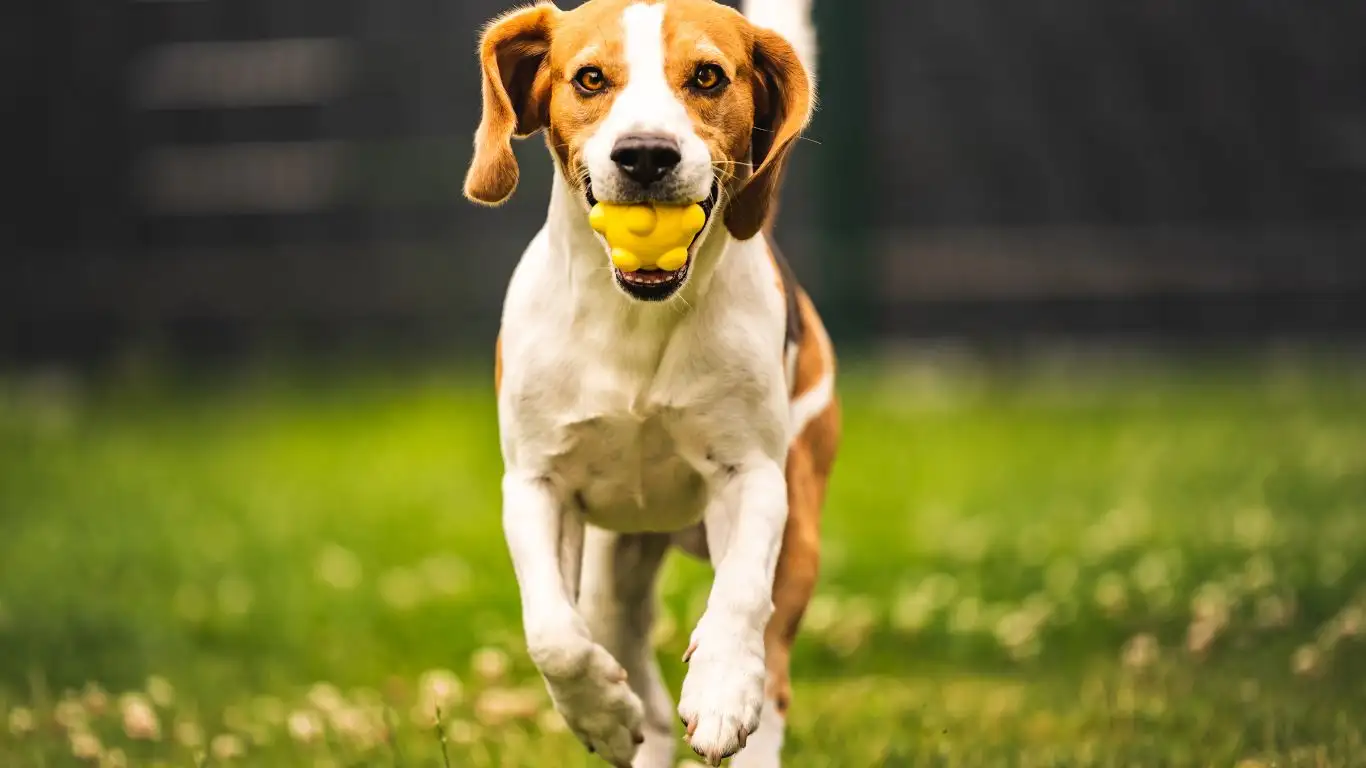
This part’s all about weaving balloons into everyday life so they lose their novelty (and scariness). The more often your dog sees a balloon just existing without any drama, the more boring it becomes — and boring is the goal!
Passive Exposure
You don’t always have to train actively. Sometimes, just having a balloon hanging in the corner of the room during dinner or while you watch TV is enough.
- Leave a balloon tied down in the living room for a few hours a day.
- Don’t make a big deal out of it — the less attention you give it, the more your dog will follow suit.
- If they ignore it, reward quietly. If they get curious and sniff it calmly, jackpot!
Real-World Practice
When your dog starts handling balloons well at home, try low-stakes public exposure. I once had a therapy pup who nailed all his at-home training, but the first time we walked past a kid’s birthday party at the park — boom! Total meltdown. It happens.
So we took it slow. Parked near the playground but stayed in the car the first day. Then walked by from a distance the next. Over time, he learned that those wild, squeaky floating orbs meant nothing to him. He even learned to lay down and watch quietly while kids ran by with balloons — a major win in our world.
Maintaining Calm Behavior Over Time
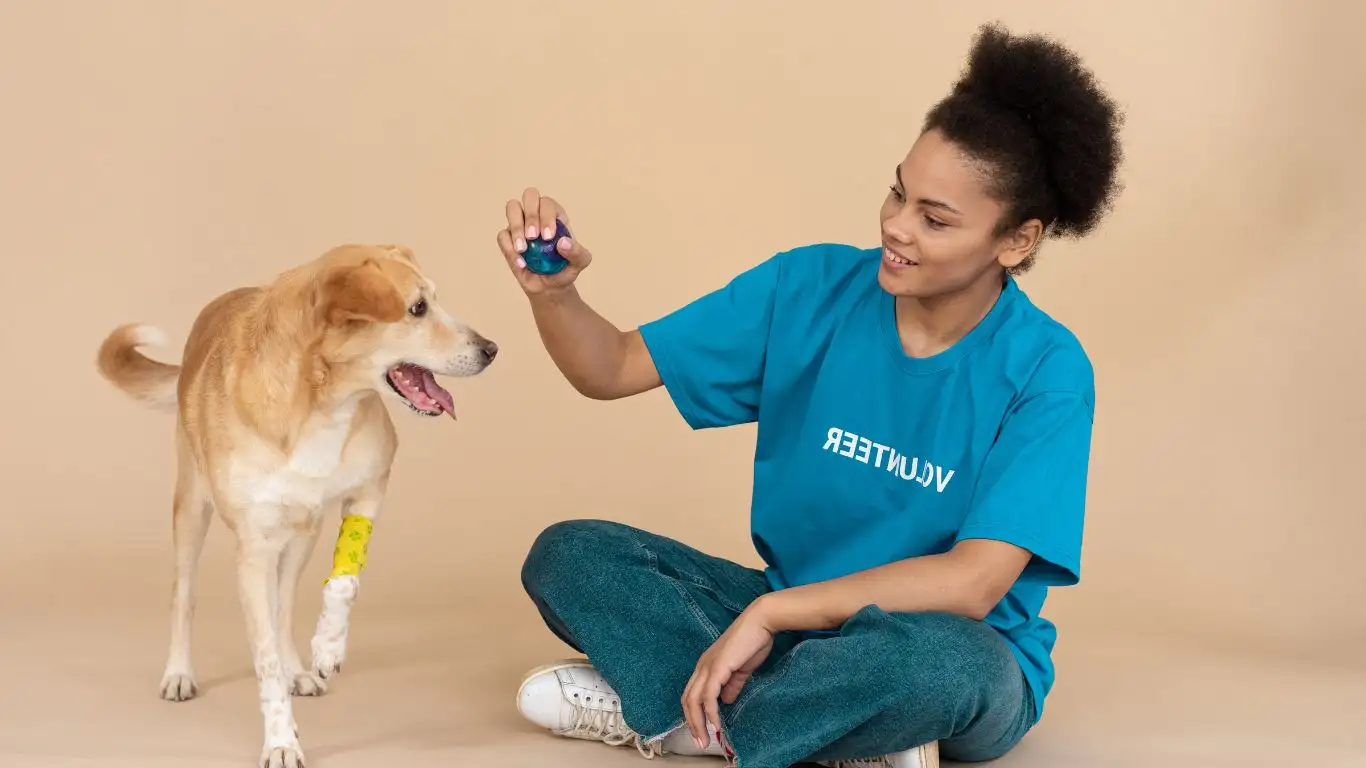
So, now that your pup is handling balloons like a seasoned pro, you might be wondering, “How do I make sure this sticks?” Great question. The truth is, just like with humans, confidence in dogs isn’t permanent unless we keep practicing. Even my most experienced therapy dogs need occasional refreshers — especially after time off or big life changes like a move or new baby in the house.
Consistency Is Key
If there’s one thing I can’t emphasize enough, it’s consistency. You don’t have to do balloon drills every day, but keep the exposure in rotation. Think of it like brushing up on an old skill — just enough to keep the edge sharp.
- Float a balloon during random play sessions every few weeks.
- Use “place” or “look at me” around balloons casually to reinforce calm focus.
- Introduce balloons in new environments (garage, backyard, friend’s house) to keep your dog adaptable.
I personally schedule “confidence boosters” every month with my therapy trainees. We rotate unusual triggers — including balloons — just to keep them sharp and prevent regression. And honestly, it’s kind of fun watching them flex their calm skills with pride.
Advanced Confidence-Building Exercises
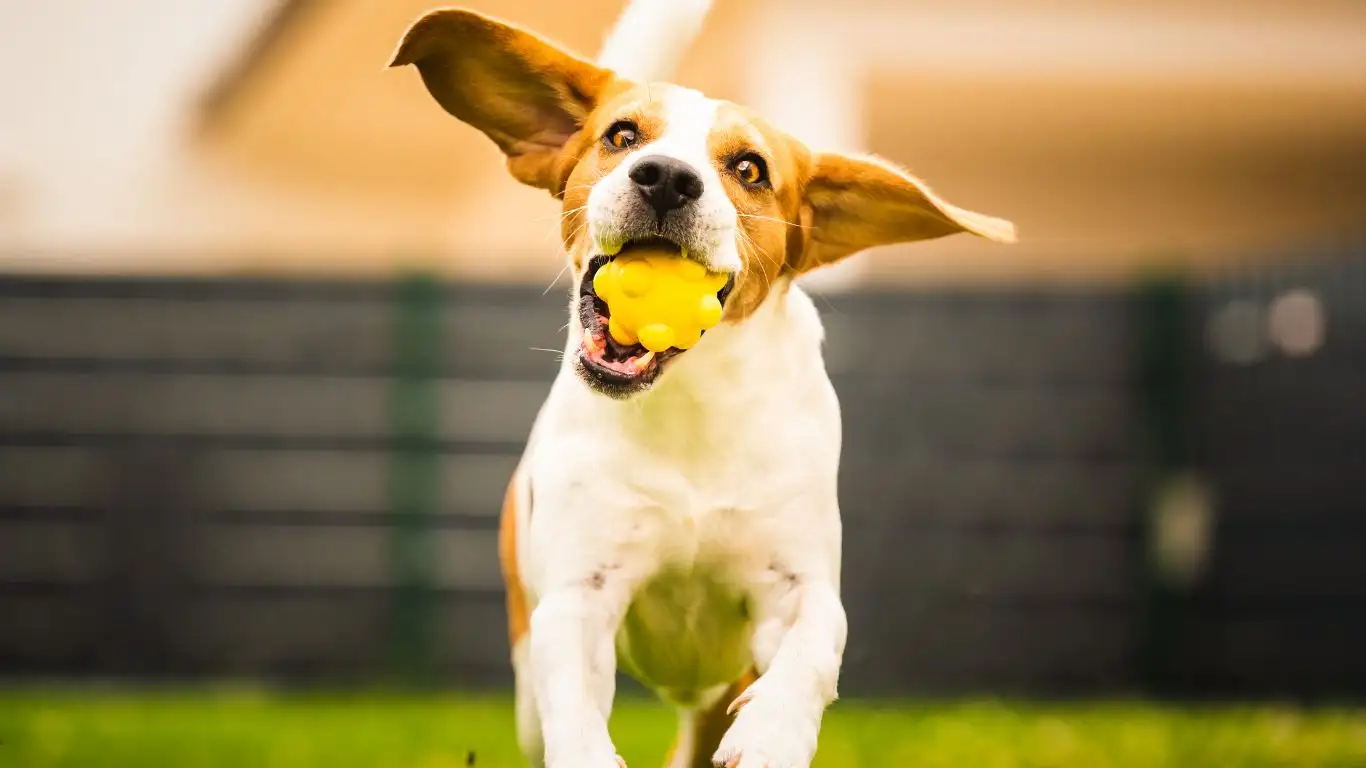
If you and your dog are feeling brave, it might be time to level up. These exercises not only reinforce how to train a dog to be calm around balloons, but they also build general resilience to novel experiences — which is pure gold, especially for service or therapy dogs.
Obstacle Course With Balloons
This is one of my favorite ways to challenge a dog’s confidence. Set up a mini course using everyday objects: chairs to weave through, mats to pause on, and of course — balloons along the way.
- Place balloons at safe distances, either floating or tied down.
- Guide your dog through the course using treats or a favorite toy.
- Mark and reward any calm curiosity or bravery as they move through.
Don’t worry if it’s a bit chaotic at first — that’s the point! Each exposure builds adaptability. One of my therapy goldendoodles, Bella, was terrified of anything new. After just a few weeks of balloon “obstacle play,” she was trotting through nursing home hallways decorated with holiday garlands and party balloons like a champ.
“Ignore the Chaos” Training
This is a technique I love teaching to owners, especially for reactive dogs. Basically, the goal is to get your dog so engaged with you that the environment becomes background noise — yes, even floating balloons.
- Use high-value treats or a toy that captures your dog’s full attention.
- Practice “focus” games while balloons float or bounce nearby.
- Slowly increase the distractions while rewarding calm engagement.
This skill is powerful far beyond balloon training. It builds a foundation of trust where your dog sees you as their calm center, no matter what’s going on. As a trainer, there’s nothing better than watching that shift happen — it’s magic.
Wrapping It All Together
Training a dog to stay calm around balloons isn’t just about eliminating a quirky fear. It’s about building emotional resilience, creating positive associations, and strengthening the bond between you and your pup. As someone who works hands-on with dogs in therapeutic environments, I can tell you — these skills matter more than you might think.
Whether you’re prepping your dog for therapy work, big family gatherings, or just want to make balloon-filled parties less stressful, the same principles apply:
- Start slow and meet your dog where they are.
- Use calm, consistent reinforcement.
- Celebrate progress, no matter how small it feels.
At the end of the day, dogs don’t need to love balloons — they just need to feel safe around them. And that’s something you can absolutely help them achieve with a little patience, some solid treats, and a lot of love.
References
Disclaimer
This content is intended for informational and educational purposes only and does not substitute professional veterinary or behavioral advice. Every dog is different — please consult a certified trainer or veterinary behaviorist if you have concerns about your dog’s fear or reactivity.
